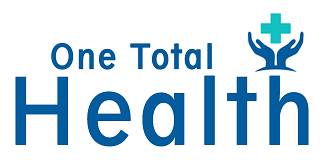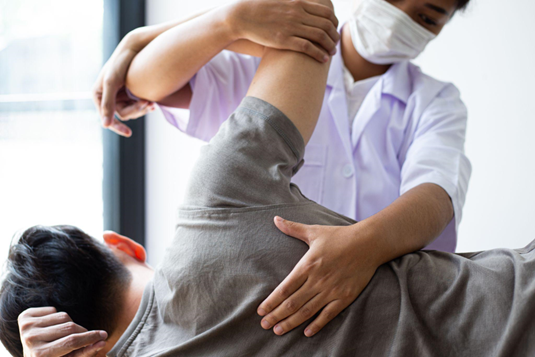A guide to non-surgical treatments for vein conditions
You probably have heard about vein conditions, especially varicose and spider veins. For the unversed, varicose veins are veins that bulge and twist, often appearing blue or purple in color on the surface of the skin. You are more likely to see varicose veins in your legs and face, although you may see such veins anywhere on the body. If you have varicose veins, consider seeing a vein specialist in South Carolina at the earliest. Advancements in medical care have made it possible to treat vein conditions without surgery. Below are some non-surgical treatments for vein conditions.
- Venous Ablation: This process relies on heat to treat varicose veins. A thin catheter is inserted into the varicose vein by making a small incision, following which laser energy is delivered into the vein, which causes it to heat up, collapse, and shut. Blood is automatically channeled through other veins, and the affected vein is naturally removed from the body.
- Sclerotherapy: One of the oldest ways to treat small varicose veins and spider veins, sclerotherapy involves injecting saline water into the vein, which causes it to collapse and disappear. You may need several sessions of sclerotherapy to see the desired results, but this is an affordable choice with little complications. It can take up to six weeks for spider veins to disappear after the treatment.
- Phlebectomy: If you have medium to large-sized varicose veins, your doctor may recommend this option. Tiny incisions are made on the skin surface, and the diseased veins are removed. The doctor will use local anesthesia, and there is no pain involved. The incisions made are extremely tiny, which means you won’t require any stitches.
Benefits of non-surgical alternatives
First and foremost, non-surgical alternatives are better than surgery because there is no need for a hospital stay, and you can go home immediately. There is little to no downtime after most of these treatments. You just need to avoid exercise and other strenuous activities, which will help prevent deep vein thrombosis in the first two weeks. Non-surgical treatments are also safer and have fewer side effects and no scarring concerns. Not to forget, these are affordable choices for most patients, especially those who cannot consider surgery for pricing and other health reasons.
Check with your vein doctor to know more about various non-surgical treatment options and if you are the right candidate for the procedures. You can always discuss and plan your treatment accordingly.




